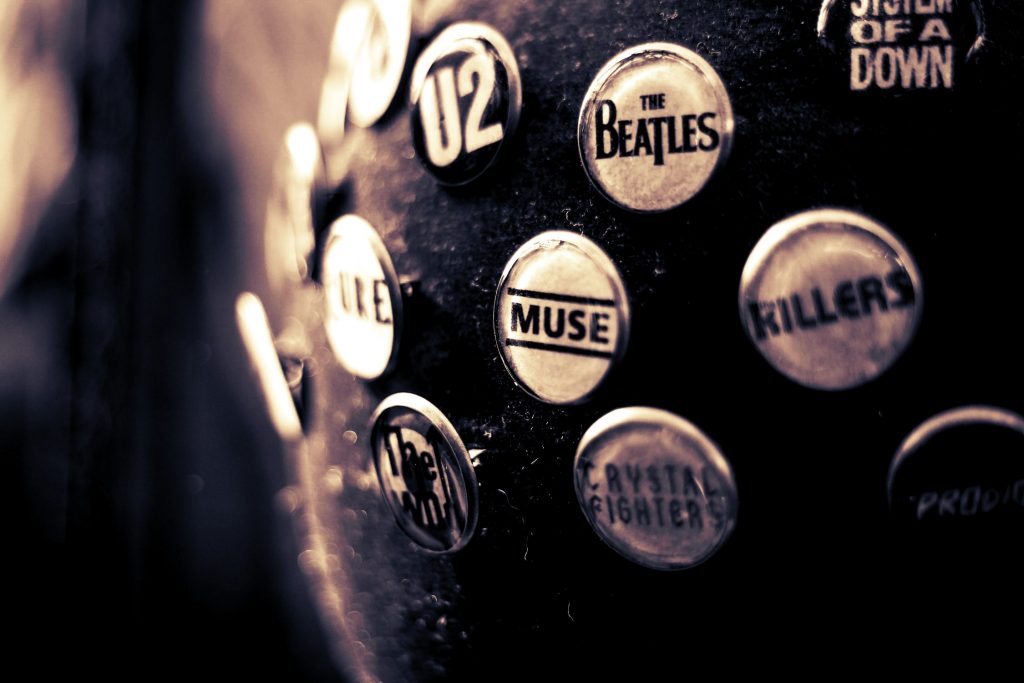Factors to Consider When Planning to Play Golf


When planning to play golf, there are many factors to consider. Some include the teeing area, green, fairway, and game rules. In addition, you may also have to consider water hazards.
Rules of the game
The Rules of Golf are very important to know if you’re going to play golf. These rules are the game’s foundation and can save you some strokes if you understand them.
The main rule is to play the game fair. This means staying within the rules and playing the course as it comes. It also means not bending the rules or stretching them.
Another rule is the ball marker. When you mark the ball, you must place it by the ball you want to play.
You might lift the ball to get it out of another player’s way. But you might not do this if you intend to move it.
If the ball comes to rest in a hazard or on the edge of a pond, you may not touch it with your club. However, you can use your tee to elevate the ball.
Teeing area
The Teeing area is an important part of a golf course. Several rules and regulations define this area. It is a rectangular area two club lengths in depth.
A golf ball is in the teeing area when it reaches the front edge of the teeing area. Depending on the type of shot you are trying to make, you may need to be inside the teeing area. Alternatively, you can stand outside.
Ideally, the teeing area should run perpendicular to the hole line. This gives the golfer a clear view of where the hole is heading. Having a raised tee can also help you to see the hole better. Adding a mound to the high side of the teeing area can deflect surface water run-off around tee edges.
Fairway
The fairway is a stretch of short, dense grass that connects the tee box to the green. On a golf course, it’s usually between thirty and fifty yards.
A fairway is a good way to measure a hole’s difficulty. For example, a par-3 hole will probably not have a fairway, but a par-4 will. Ideally, a fairway should be between twenty and forty yards wide. However, a course’s overall size will usually limit this figure.
Another important consideration is the quality of the grass. If the grass is good, it will make the ball roll better. This is especially true on par-3s, where the player may have to make a shot to the green.
There are several grass types used to create fairways. Zoysiagrass, for example, is native to Asia and can tolerate various temperatures. It’s also highly resistant to weeds.
Putting green
The putting green is one of the most popular areas on a golf course. It is often the last stretch of the hole.
As the name suggests, a putting green is a specially prepared area on a golf course. A putting green is typically flat, sloping, or elevated above the fairway.
There are a few specific rules for putting green. They can vary from one golf course to another.
Generally speaking, a putting green is meant to be a place where players can practice their putts. Before playing on the actual putting green, a golfer should ensure they have mastered the skills.
There are several ways to repair a putting green. These repairs should take a little time while the game progresses.
Water hazards
A well-placed water hazard can boost a golfer’s score. There are numerous types, from a small, meandering stream to a massive pond. The best are typically natural looking and serve a specific purpose. Having some water is good for the game, but letting it hog all the attention can be a pain.
One of the best water hazards is the one on the 16th hole at Cypress Point. The Pacific Ocean is a majestic sight to behold. It’s also one of the most difficult holes in the game. The ocean is a formidable hazard, and so is the wind.
Another notable hazard is the big dune on the Royal Troon green. It may not be the most spectacular, but it is important. As with most things on the course, you want to avoid overwatering the place.
